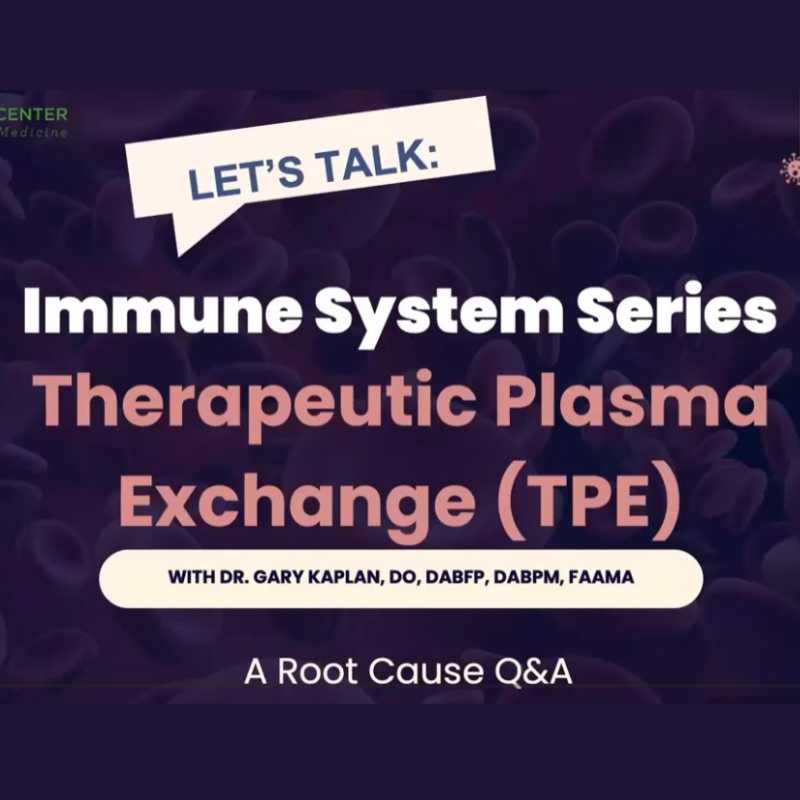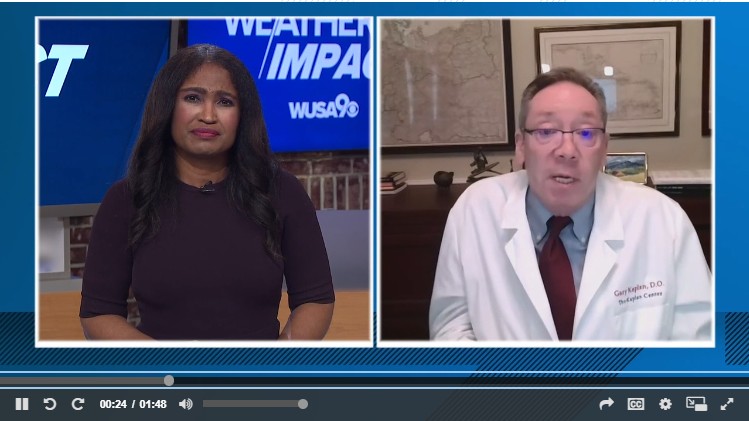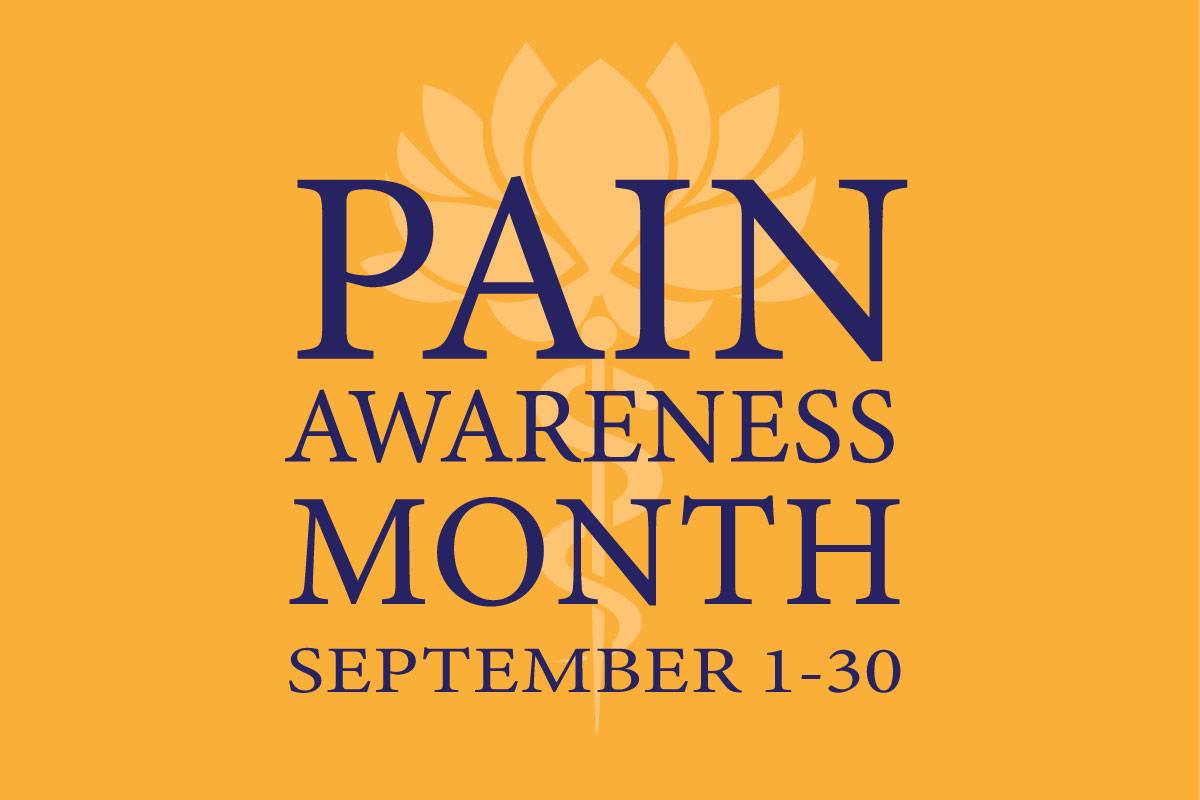
5 Ways We Can Keep Your Immune System Strong
December 10, 2025/by Kaplan Center
Want to Take Your Workout to the Next Level Next Year? These Tips Can Help
December 8, 2025/by Kaplan Center
Dr. Kaplan’s Dos and Don’ts of the Holiday Season
December 3, 2025/by Kaplan Center
Let’s Talk Webinar – A Root Cause Q&A
December 2, 2025/by Kaplan Center
Navigating Holiday Meals with Gut Issues: Simple Tips for a Comfortable Season
December 1, 2025/by Chardonée Donald, MS, CBHS, CHN, CNS, LDN
Craniosacral Therapy for TMJ | Say Goodbye to the Daily Grind
November 19, 2025/by Patricia Alomar, M.S., P.T.
From Compassionate Care to Personal Healing: A Letter to My Patients
November 18, 2025/by Kaplan Center
8 Steps to a Healthier Gut—and a Longer, Healthier Life
November 18, 2025/by Kaplan Center
Mid-Life Irritability & Fatigue Improved by Hormonal Balancing
November 13, 2025/by Lisa Lilienfield, MD
From Challenges to Change: Dr. Kaplan on Healthcare’s Biggest Challenges
October 29, 2025/by Kaplan Center
Overlooked Dangers of Mold Exposure and How to Stay Safe – Dr. Kaplan Talks to WUSA9
October 27, 2025/by Kaplan Center
Let’s ‘Fall’ Into Wellness: A Nutritionist-Approved Immune-Boosting Recipe for Cold and Flu Season
October 13, 2025/by Chardonée Donald, MS, CBHS, CHN, CNS, LDN
PANS/PANDAS – When Sudden Symptoms Signal Something More
October 9, 2025/by Kaplan Center
Beating Burnout, A Nutritionist’s Perspective
October 1, 2025/by Chardonée Donald, MS, CBHS, CHN, CNS, LDN
3 Things That Can Happen After Stopping GLP-1s
September 11, 2025/by Chardonée Donald, MS, CBHS, CHN, CNS, LDN
What Families Need to Know About COVID and Flu Season
September 3, 2025/by Kaplan Center
September is Pain Awareness Month
September 1, 2025/by Kaplan Center
Dr. Kaplan Spoke to Northern Virginia Magazine About COVID, Flu, and Immunity — Here’s What You Should Know
August 14, 2025/by Kaplan Center
“Why Do I Feel Like Crap?”: The Overlap Between Long COVID and Perimenopause
July 30, 2025/by Kaplan Center
Why People Are Turning to EMDR (and Why You Might Want to Too)
July 23, 2025/by Kaplan CenterAre you looking to improve your overall wellness?
Personalized care you can trust.
Our integrative, non-surgical treatment approach is highly successful in maintaining wellness and also treating chronic pain and illness. For more than 30 years, we have delivered superior, cutting-edge health care in the Washington, DC area.
QuickLinks
Contact Information
Tel: 703-532-4892
Fax: 703-237-3105
6829 Elm Street, Suite 300
McLean, Virginia 22101
Map It
Hours of Operation
Mon – Thu : 8 am – 5 pm, ET
Fri : 8 am – 12 pm, ET
Functional Medicine: Evidence-Based Medicine With A Whole Body Approach
/in Treatments, Wellness/by Lisa Lilienfield, MDWhen your doctor becomes a detective.
If you’ve never heard of functional medicine (FM) before or don’t know how it differs from conventional medicine, you’re not alone. Behind functional medicine is a wonderfully simple philosophy that treats the body as a whole, interconnected system which looks at mind, body, and spirit as contributing elements to a person’s overall state of health. Functional medicine is evidence-based medicine and seeks to identify the root cause of disease by probing into the unique history of a patient’s life and genetics, as well as environmental and lifestyle factors.
In contrast, conventional medicine can be one dimensional and often results in treatment by medication. In acute cases, this may be very appropriate, but because we are not one-dimensional beings in most cases there is much more to the story. When it comes to complex, chronic disease, many physicians are, unfortunately, not adequately trained – and often don’t have time – to assess what may be the underlying cause(s) and apply diet, nutritional supplementation, exercise, and awareness of lifestyle stressors that are contributing to their patient’s illness.
As FM practitioners, we look upstream to assess the interactions of the patient’s history, physiology, lifestyle, unique genetic makeup, and mind-body-spirit that affect the function of the body as a whole.
What does this look like in an initial evaluation?
As a functional medicine practitioner, I start by asking what their story is and often that story starts with “I was fine until…” This is when we need to put on our detective hats and go back in time to reveal clues that may typically be overlooked; sometimes even going as far back as the time of mom’s pregnancy! For example: What was your mom’s pregnancy like? Was there a Caesarean section or vaginal birth? Were you breast or bottle-fed? Were there a lot of antibiotics used in childhood? The answers to these questions may indicate alterations of the microbiome in the gut (the bacteria that support our immune system). This is immensely important as research is uncovering a multitude of new data that shows how deeply interconnected our immune system is with the gut.
Other questions may include: Were there traumatic events in childhood or later? Was there ever exposure to environmental toxins like mold in the living or working environment? Were there ever infectious exposures or injuries? What are the patient’s diet, exercise regimen, sleep and emotional support system like? Is there ongoing stress at work or in personal life? Every answer peels away another layer of the mystery.
Besides a comprehensive history, there are a number of functional medicine diagnostic tests that may be necessary. This could include a sleep study, digestive testing (stool, urine, breath), saliva testing to assess cortisol (which can indicate stress or inflammation), thyroid and other hormone testing, nutritional testing, mold, heavy metals, and infections like Lyme or Epstein Barr. A consultation with our dietitian, psychotherapist, meditation instructor, or treatments such as acupuncture, herbal therapy, massage therapy, physical therapy or injection therapy may also be appropriate.
Fortunately, medicine as a whole is moving in the direction of functional medicine, but this approach takes time and a commitment in partnership between a patient and their physician.
Tick Bites: What You Should (And Shouldn’t) Do If You Get One
/in Treatments/by Kaplan CenterLyme disease and other tick-borne illnesses shouldn’t prevent you from enjoying the outdoors, but you should absolutely be aware of how to best protect yourself and what to do if you think you may have been bitten by a tick.
Lyme disease and other tick-borne illnesses (babesoisis, ehrlichiosis, anaplasmosis, bartonella, and Rocky Mountain Spotted Fever) can cause skin, heart, joint and nervous system problems. Early symptoms may be fatigue, chills, fever, headache, muscle and joint aches and swollen lymph nodes. With the chances of getting a tick bite higher than usual this year, precautions should be taken to minimize your risk. This includes using an effective repellent*, wearing long pants and sleeves whenever possible, incorporating a tick-check into your evening routine, and most importantly, staying educated on signs, symptoms, and treatments.
* Choose a repellent that contains one of the following: Picaridin (20%), IR3535 (20%), DEET (20-30%) or Oil of Lemon Eucalyptus (30-40%)
Below you’ll find some myths and truths about tick bites, and what to do if you think you may have Lyme, by Jane Marke, M.D., Integrative and Holistic Psychiatry
Tick Bite Care
What to do if you get a tick bite? There are some myths, but there’s good science busting them.
Jane Marke, MD
Integrative and Holistic Psychiatry
Urgent Tickbite Care
80 East 11 Street, Suite 214
New York, NY 10003
Additional resources:
Horowitz Lyme-MSIDS Questionnaire
Jeanne Scheele, P.T., Receives Pelvic Rehabilitation Practitioner Certification
/in News/by Kaplan CenterThe Kaplan Center congratulates our Director of Physical Therapy, Jeanne Scheele, on earning her Certification as a Pelvic Rehabilitation Practitioner from the Herman & Wallace Pelvic Rehabilitation Institute; a distinction of her expertise in treating pelvic floor dysfunction (PFD)!
PFD has been a special interest for Jeanne over the last 20 years. She has worked with women and men treating a variety of pelvic conditions including incontinence, frequency/ urgency, chronic UTI’s and painful urination, pelvic pain, bowel dysfunction and sexual dysfunction.
Jeanne met the requirements to sit for the exam by attending lecture and experiential courses for continuing education in pelvic rehabilitation.
“I still have a passion to learn more. Every patient who comes to see me, teaches me something. You just have to listen. It is never too late to learn.”
https://kaplanclinic.com/articles/pelvic-floor-dysfunction-6-myths-busted/